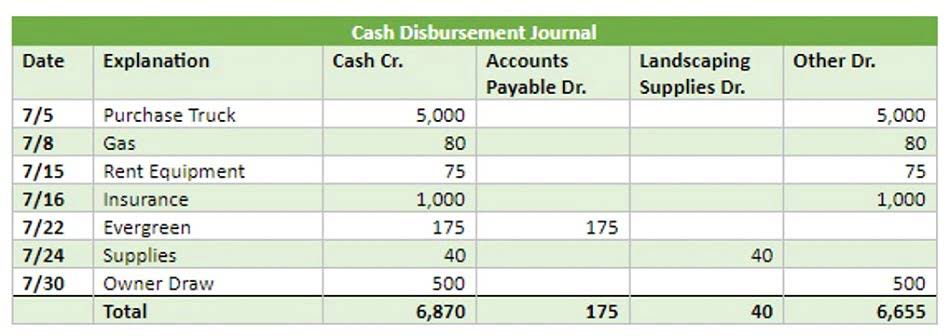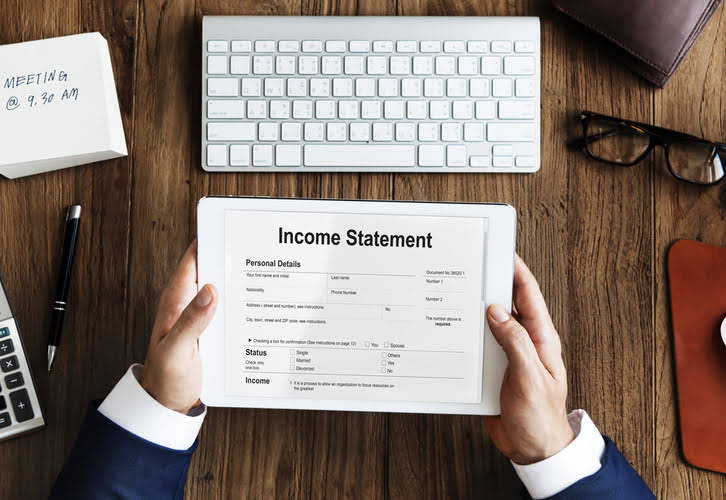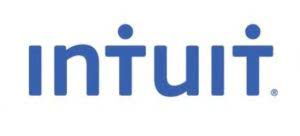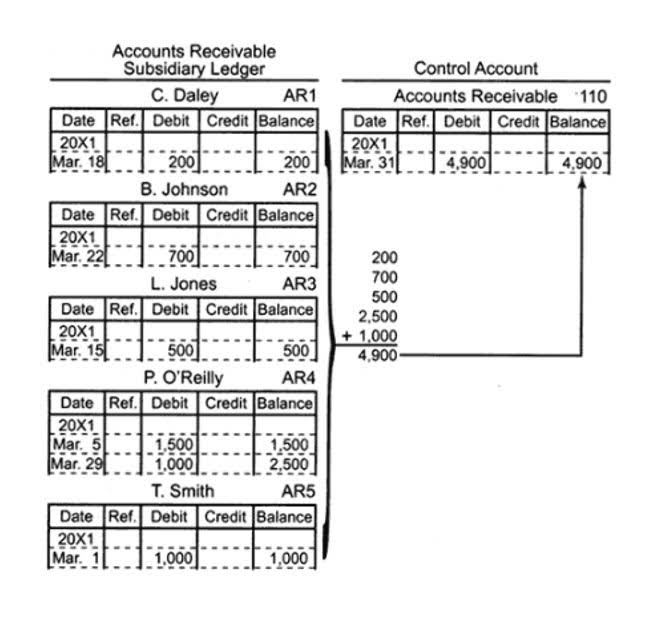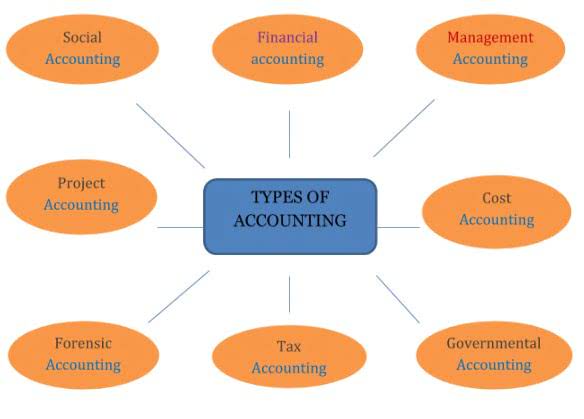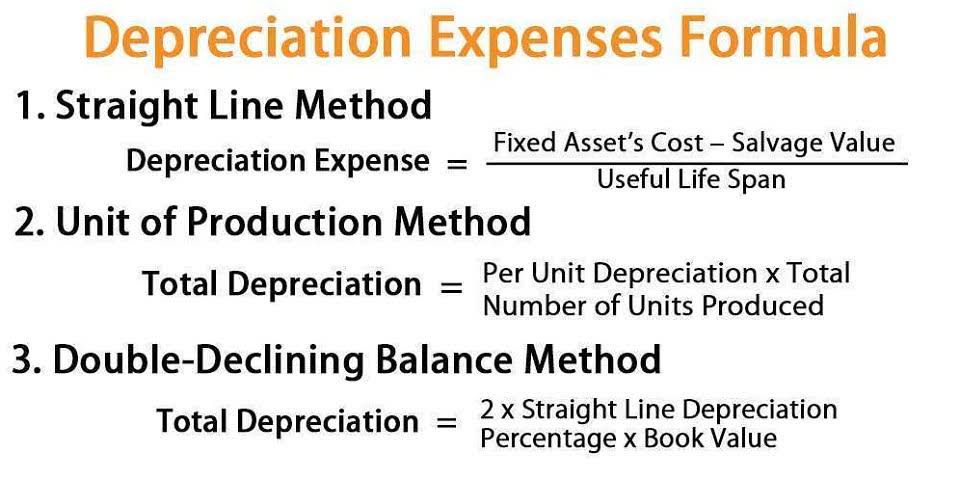It consists of obligations from past events which result in outflows of economic benefits. Double Entry Bookkeeping is here to provide you with free online information to help you learn and understand bookkeeping and introductory accounting. Study the following illustration, and observe that the Premium on Bonds Payable is established at $8,530, then reduced by $853 every interest date, bringing the final balance to zero at maturity. The above entry is made to showcase the settlement of Bonds Payable after the principal amount has subsequently been made.
So issuing bonds is a way of raising larger amounts of finance from multiple investors. Accountants have devised a more precise approach to account for bond issues called the effective-interest method. Be aware that the more theoretically correct effective-interest method is actually the required method, except in those cases where the straight-line results do not differ materially.
Bonds payable are crucial in accounting as it shows how much bonds payable companies hold in debt. Retirement of bonds is the process of a business repaying the amount of the bond to the investors. Retirement of bonds normally happens when the bond reaches its maturity date, but can happen at an earlier date if the terms of the bond permit.
The discount is the difference between the amount received (excluding accrued interest) and the bond’s face amount. The difference is known by the terms discount on bonds payable, bond discount, or discount. In our example, there is no accrued interest at the issue date of the bonds and at the end of each accounting year because the bonds pay interest on June 30 and December 31. The entries for 2024, including the entry to record the bond issuance, are shown next. The presentation of bonds payable on financial statements is crucial for providing stakeholders with a clear understanding of an entity’s long-term obligations. Bonds payable are typically reported as long-term liabilities on the balance sheet, reflecting the issuer’s commitment to repay the principal amount at maturity.
Accounting For Bonds Payable
Over the life of the bonds the bond issue costs are amortized to interest expense. Bonds payable are long-term liabilities representing a company’s obligation to repay borrowed funds to bondholders. They include periodic interest payments and the principal amount due at maturity. Companies issue bonds to raise capital for large projects, offering investors predictable returns while preserving shareholder equity.
Let’s use the following formula to compute the present value of the interest payments only as of January 1, 2024 for the bond described above. The present value (and the market value) of this bond depends on the market interest rate at the time of the calculation. The market interest rate is used to discount both the bond’s future interest payments and the principal payment occurring on the maturity date. The market value of an existing bond will fluctuate with changes in the market interest rates and with changes in the financial condition of the corporation that issued the bond.
Types of Bonds Payable
An entity is more likely to incur a bonds payable obligation when long-term interest rates are low, so that it can lock in a low cost of funds for a prolonged period of time. Conversely, this form of financing is less commonly used when interest rates spike. The calculation of bond payable amount is based on the carrying value or the book value of the bond.
Usually, investors seek this amount to understand the gearing or leverage position of the company. Each yearly income statement would include $9,544.40 of interest expense ($4,772.20 X 2). The straight-line approach suffers from the same limitations discussed earlier, and is acceptable only if the results are not materially different from those resulting with the effective-interest technique. Using debt (such as loans and bonds) to acquire more assets than would be possible by using only owners’ funds. The systematic allocation of an intangible asset to expense over a certain period of time.
- Accounting standards require companies to record liabilities as soon as they become probable.
- As financial markets evolve, bonds will remain a key component of corporate finance strategies.
- Schultz will have to repay a total of $140,000 ($4,000 every 6 months for 5 years, plus $100,000 at maturity).
- If the current market interest rate for the bonds is 4%, the cost after the income tax savings may be only 3%.
- This method contrasts with the straight-line method, which spreads the interest expense evenly over the bond’s life.
Related Key Terms
Market interest rates are likely to decrease when there is a slowdown in economic activity. In other words, the loss of purchasing power due to inflation is reduced and therefore the risk of owning a bond is reduced. Since the company now OWES this money to the Investors, they have created a LIABILITY on their books. You have the company, which is now the BOND ISSUER and has borrowed the money.
Obviously the existing bond paying 9% interest in a market that requires 10% will see its value decline. This carrying amount of bonds payable on balance sheet is what the issuer will get from the investor when the bond is issued. On maturity, due to amortization of premium/discount, the carrying value will become same as face value on the debt instrument. Over the 10-year life of the bonds, ABC Corp. will make regular interest payments totaling $1,200,000 ($60,000 semiannual payment x 20 periods).
How Josh Decided It Was Time to Finish His CPA
- These financial instruments are crucial for businesses seeking to finance large projects, such as expansion or infrastructure development, without diluting ownership through equity.
- These bonds are typically sold to investors and promise to pay a fixed rate of interest over a specified period of time, with the principal amount being repaid at the bond’s maturity date.
- With bondholders buying and selling their bond investments on any given day, there needs to be a mechanism to compensate each bondholder for the interest earned during the days a bond was held.
- Speaking of bonds payable, it can be seen that bonds payable mostly refer to instruments that need to be settled by the company, in principle and the interest that is supposed to be paid on the given amount.
You might think of a bond as an IOU issued by a corporation and purchased by an investor for cash. The corporation issuing the bond is borrowing money from an investor who becomes a lender and bondholder. At this point, the carrying value of the bond payable is $98,800, which is calculated as the $100,000 amount of the bond payable, minus the unamortized discount of $1,200.
Account
The company can, subsequently, sell a new bond issuance at the new, lower interest rate. Bonds payable are a type of long-term liability recorded on a company’s balance sheet, representing the amount owed to bondholders. Companies issue bonds as a means of raising capital, borrowing money from investors with the promise to pay back the principal amount along with periodic interest payments.
Any unamortized bond premiums or discounts are also included in this section, adjusting the carrying amount of the bonds to reflect their true economic value. This presentation ensures that the balance sheet accurately represents the issuer’s financial position and the impact of its debt obligations. The effective interest method is commonly used to amortize bond premiums and discounts.
This column represents the number of identical periods that interest will be compounded. In the case of a bond, “n” is the number of semiannual interest periods or payments. In other words, the number of periods for discounting the maturity amount is the same number of periods used for discounting the interest payments.



